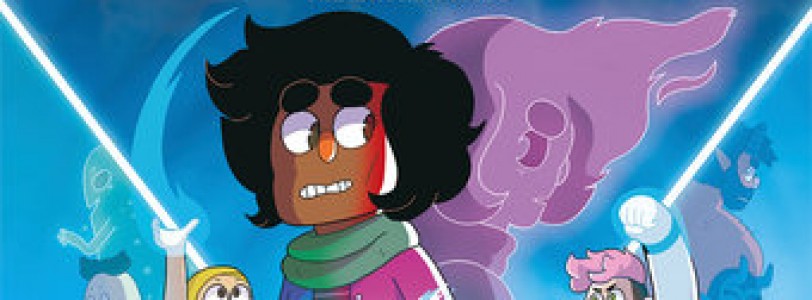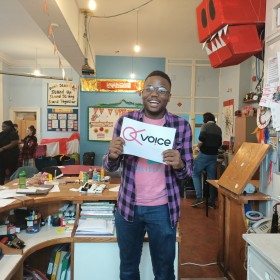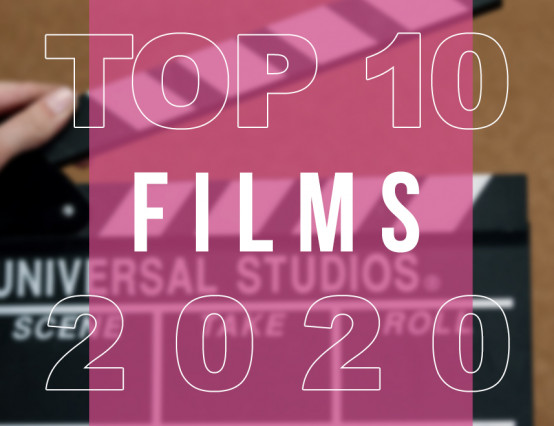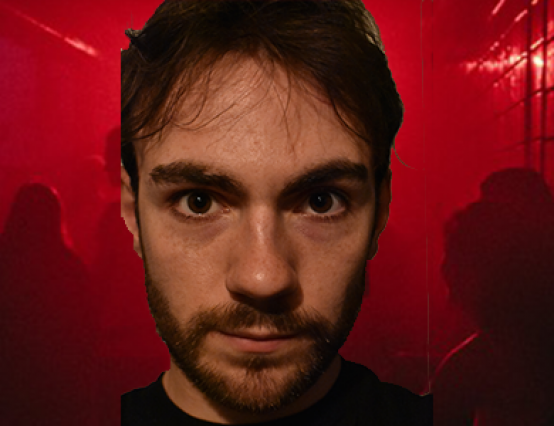To kick off my 20 in 20 challenge I read Deadendia: The Broken Halo, Hamish Steele’s sequel to his critically acclaimed graphic novel Deadendia: The Watcher’s Test (adapted from his webcomic of the same name about a colourful cast of characters in a haunted theme park.
One of the best things about Deadendia as a whole is its focus on characters. Everybody in this book feels like a fully rounded human/extra-dimensional being, with love and loss and real conflicts. The Broken Halo doubles down on this character driven narrative, and whilst there is an overarching plot, these stories largely focus on character beats and a cast that you end up quickly falling in love with, which makes the big-picture tension carry actual emotional weight.
Crucially, Steele’s art gives everyone here a softness and personhood, which makes even the most absurd of demons feel unique. On top of that, the colourful cast is massively diverse, frankly and openly portraying characters who are neurodivergent and/or mentally ill, as well as characters from a range of gender identities/sexualities and a range of races. Furthermore, Deadendia actually has characters with bigger bodies who are both central to the plot and explicitly framed as genuine (and attractive) love interests – which is frustratingly rare.
Whilst we got a glimpse of the potentiality of the world created in the previous installment of Deadendia, The Broken Halo builds upon this, giving us a whole new world of interesting demons, each with their own unique and interesting designs. With the introduction of a demonic wrestling league and our first real view of the layers of heaven, these all end up feeling like places which are lived-in and individual. All of this feeds into Steele’s broader questioning of what it actually means to be good or evil, angel or demon, and whether the divisions between us are meaningful or destructive. Yet this moral gray never feels nihilistic. Instead, the reframing/interrogation of ‘goodness’, especially from the perspective of people whose very existence is often framed as immoral (particularly LGBTQ+ people), we end up with a complex and powerful questioning of how we define our moralities.
At its core, Deadendia: The Broken Halo is a story about people coming together to look after each-other and the world around them. In times like these, that’s exactly the story we need








0 Comments